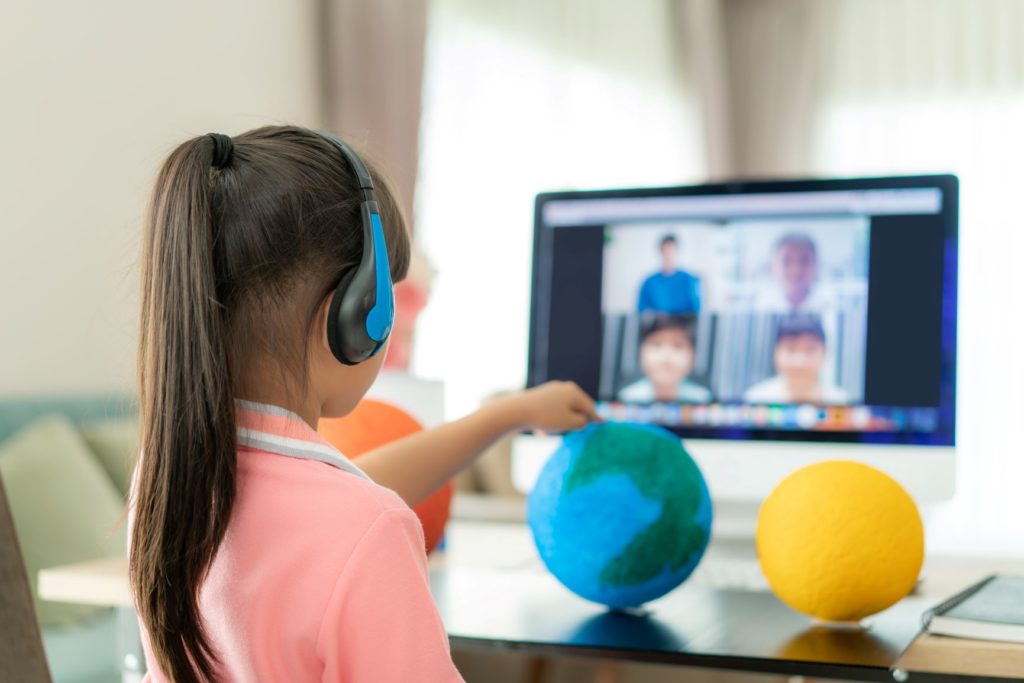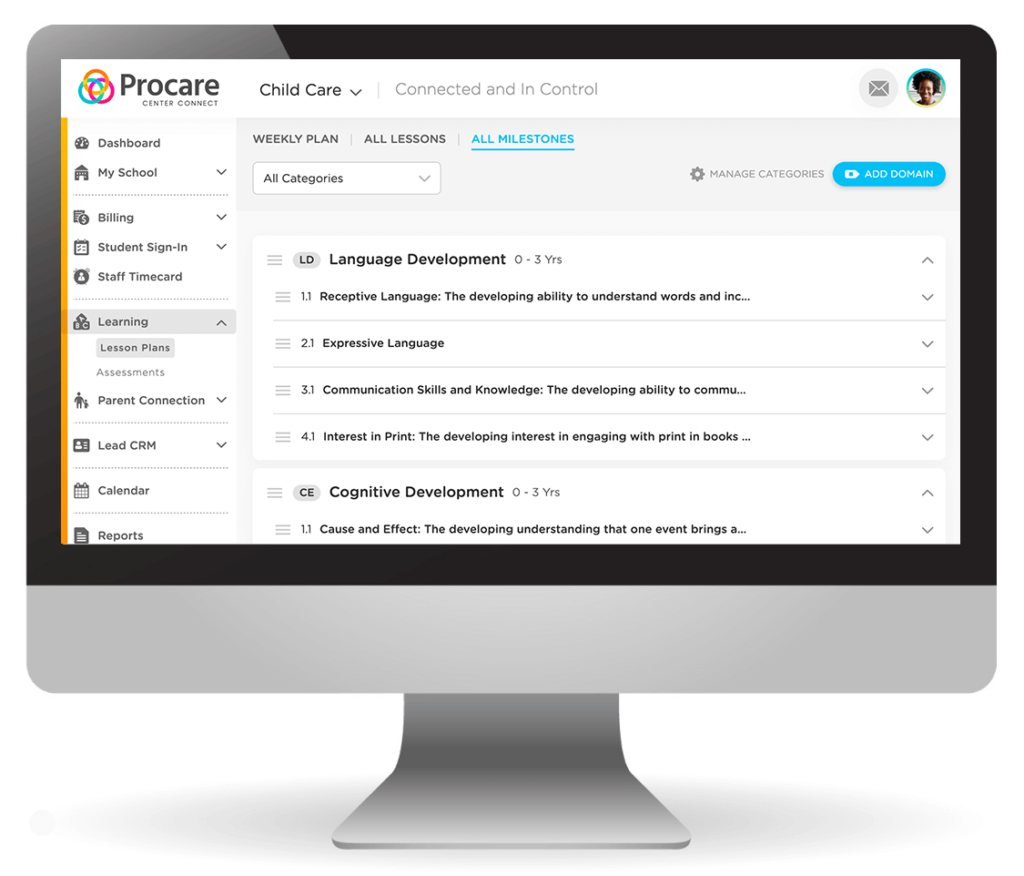
Distance learning programs are creating new challenges for educators when it comes to maximizing learning outcomes for their online classes in 2020.
In the virtual classroom setting, students can miss out on the familiar sense of community that in-person classes offer. They may have difficulty forming connections with their peers and teachers, resulting in feelings of social isolation. Without the structure of the in-person classroom, students may be at risk of losing their motivation to succeed academically.
Students may also receive less individualized attention from their teachers, which is especially detrimental for those at risk of falling behind – or who have already fallen behind due to COVID-related closures.
For each child to enjoy a successful school year, educators are working hard to implement new virtual student engagement strategies that address these challenges and motivate students to reach their full potential in the new environment. Here’s what that looks like.
Procare is here to help.
We know the business of child care. For more than 30 years we’ve been guiding child care professionals just like you to help stay connected and in control.
What is Student Engagement in the Virtual Classroom?
Before you implement virtual strategies, it’s important to keep in mind the types of classroom-based engagement that are critical for student success:
- Behavioral Engagement is reflected when students pay attention, ask questions, seek help with completing their assigned learning tasks, and actively participate in classroom discussions and activities. Behavioral engagement can be observed when students are consistently “on-task.”
- Cognitive Engagement is reflected when students are invested in building their comprehension of subject matter or developing complex skills. Cognitive engagement can be observed when students are invested in expanding their capabilities and solving difficult problems.
- Affective Engagement is reflected when students exhibit emotional reactions in connection with their investment in a learning task. Students who demonstrate greater curiosity, interest in the lesson and a positive attitude are more likely to be emotionally engaged with the learning process.
Educators working in virtual classrooms should strive to cultivate all three types of engagement among their students. Below, we offer 12 virtual student engagement strategies that can make a difference.
12 Virtual Student Engagement Strategies
Help Students Prepare for Online Learning
In the traditional classroom setting, you can exercise control over your surroundings and create an environment that is conducive to learning. When classes take place remotely, students must prepare their own environments to support the learning process.
You can be an integral part of helping students set up the right space, making sure they create a study location somewhere quiet and free from interruptions. Students will have an easier time staying on-task if they can eliminate distractions from their remote learning environments.
Team up with Parents
Parents or other caregivers who are working from home can have a significant impact on their child’s preparedness and engagement levels in the virtual classroom. Parents can help by setting up their child’s study space in a distraction-free area, providing in-person supervision with feedback to help them stay on task, and setting up positive reward mechanisms to encourage engagement behaviors. You should find opportunities to connect with parents and share strategies for maximizing student engagement and learning outcomes.
But also keep in mind that while parents may be home, they may not have the time to get actively involved due to work commitments. It’s important to recognize this and work with parents to acknowledge the things they can do to support their child’s learning journey while helping them avoid feelings of shame or guilt for things they can’t do.
Lead the Way on Class Participation with Ice-Breaker Activities

Ice-breaker activities are a fun and engaging way for kids to share information about themselves and learn more about their classmates. They also help create a sense of community and familiarity within your virtual classroom, making students more comfortable with class participation and collaboration. Two great activity options are:
- Hold a sharing circle, giving each student the opportunity to introduce themselves and share one or two details about their hobbies and interests.
- Platforms like Zoom and Google Meet offer the ability to create breakout rooms to allow for smaller group interactions. For this ice-breaker, you can assign groups of three or four students and ask each group to create a list of things they have in common. They can include favorite foods, movies, or tv shows. At the end, give each group an opportunity to share what they learned about their new friends.
Deliver Condensed Lessons and Focus on Application
Kids have notoriously short attention spans, and virtual classrooms create an even stronger need for teachers to deliver engaging lessons that grab their attention. To keep kids engaged, think about delivering condensed lesson plans and spend more of your class time on discussion, application and activities that support the learning process.
Experiment with Asynchronous Learning
Asynchronous learning allows students to engage with course material when it’s most convenient for them. Instead of holding scheduled classes, an asynchronous learning approach might have teachers produce pre-recorded videos with lessons that students can watch when it’s most convenient for them. Offering asynchronous learning as an option can help support and engage students who struggle to attend class at regularly scheduled times. You can also consider a hybrid approach, where you offer synchronous (live) learning in the morning, then asynchronous learning in the afternoon.
Understand and Leverage Motivation to Drive Engagement
Motivation is a powerful driver of student engagement in both traditional classrooms and virtual learning environments. To help motivate students, focus on modeling a positive attitude toward learning, offer praise or rewards for positive contributions, and encourage students to develop competence and discover their own reasons for wanting to succeed academically.
Use Live Chat and Polling to Stimulate Participation
You can leverage video conferencing software features like live chat and live polling to stimulate real-time engagement and participating in your online classes. You can ask questions over video and prompt students to respond with their answers via live chat or by answering a poll. This way, each student gets the opportunity to respond and to see how their peers responded. You can review the responses, encourage each child to participate, respond individually to some responses, and eventually move the discussion forward.
Encourage Small Group Discussions and Collaboration

Getting kids involved in the learning process can be challenging when you’re one teacher and 25 or 28 students in the same video call. You can support student participation and collaboration by setting aside time for small group discussions where students will split into smaller groups using virtual platforms that allow for breakout sessions to discuss course material and share their perspectives with classmates in a more conversational format. After a short discussion, students can return to the large group to share their experiences and review learning outcomes.
You can also explore scheduling recurring small group sessions that occur outside of synchronous learning. This could be a weekly 30-minute group that helps students work on areas where they may be struggling, like reading or math.
Introduce Gamification
Gamification is a fun strategy for motivating and engaging students in the virtual classroom. You can make learning fun by including elements of game-play into the learning process, such as point-scoring, friendly competition with peers and rewards for success. Almost any learning task can become more fun and exciting when you split students into working teams and turn it into a contest.
Offer Individualized Attention and Feedback
In virtual learning settings, you can support student engagement by offering individualized attention and feedback to each student. Make it a priority to acknowledge every student in the virtual classroom, encourage frequent participation and collaboration with others, and regularly communicate feedback to keep kids engaged.
Involving each student at least once in every lesson helps to ensure that all students are following along with the material and actively participating in the learning process. You can also make time for one-on-one meetings where students can get extra help and receive personalized feedback outside of class time.
Build Personalized Learning Plans
The virtual classroom setting can make it more challenging for you to connect individually with their students, assess their developmental needs, and find ways to engage them in the learning process. Through your interactions with students, you can work to identify specific barriers to engagement for each student and develop personalized strategies to address their unique needs and circumstances.
Open Two-Way Communication with Kids and Parents

Student engagement and parent engagement go hand-in-hand, especially when kids are learning remotely while their parents work from home. For educators, achieving high levels of engagement depends on establishing and maintaining two-way communication with kids and their parents.
It’s important to be accessible to provide extra help for students or additional resources for their parents when necessary. Holding virtual “office hours” or offering on-demand appointments can help ensure you’re available to give kids the academic support they need.
Parents also need to be kept in the loop with regular updates on their child’s academic progress and learning objectives. Strive to connect with parents over their preferred channels and communicate regularly with positive academic news, class materials and other relevant information.
Support Your Virtual Classroom with Procare Solutions

Procare Solutions supports student engagement in the virtual classroom setting. Teachers can use Procare to track in-class activities, record class participation and learning outcomes for each student, and maintain two-way communication with parents. Procare helps teachers keep track of how their students are performing in class, and keeps parents in the loop so they can help their child stay engaged with the learning process.
Ready to find out how Procare can support your virtual classroom?



